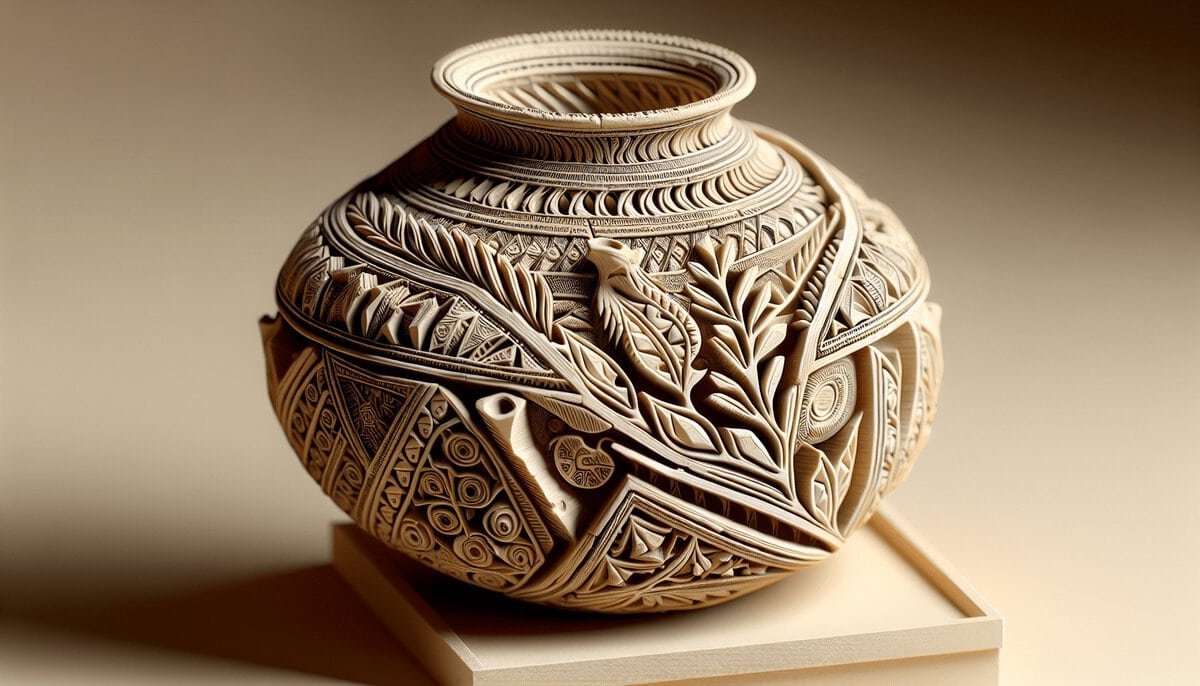Have you ever wondered about the economic fabric that bound Ancient Jerusalem together during biblical times? The historical chronicles of this ancient city often highlight its spiritual and political significance, yet its role as a thriving center of commerce is equally compelling and less frequently discussed. In this exploration, we will unveil the mysteries surrounding the trade and economic structures of Ancient Jerusalem, casting light on its importance as a bustling commerce center. We will introduce you to the historical contexts, archaeological evidence, and the broader implications of these findings.
Discovery Context
Biblical Reference and Historical Background
Ancient Jerusalem often conjures images of spiritual and political narratives deeply embedded within the bible. Its depictions are vivid, from being the city of King David to the central setting of many a prophet’s journey. However, beyond these spiritual facets lies a vibrant economic landscape where trade and commerce thrived. Historical accounts depict Jerusalem as a hub of economic activity, a point where different cultures intersected, trading goods and sharing ideas.
Some biblical passages subtly hint at this economic role. For instance, references to trade routes and skilled craftsmen suggest a city that was deeply integrated into the broader economic networks of the ancient Near East. Notably, Jerusalem’s geographical location, positioned strategically along vital trade routes connecting Africa, Europe, and Asia, contributed significantly to its commercial prominence.
Geographic Location and Recent Findings
Geographically, Jerusalem was ideally situated, serving as a major economic node due to its proximity to major trading paths and neighboring civilizations. Recent archaeological discoveries have brought to light a plethora of artifacts that reveal a bustling economic life. Excavations in areas like the City of David have uncovered marketplaces, artisan workshops, and storage facilities, shedding new light on the commercial activities that once took place.
Findings from these digs include inscriptions and clay tablets that detail trade exchanges, taxes, and goods exchanged in the markets. These discoveries underscore the role of Jerusalem as not merely a religious center but also as a thriving hub of commerce where various cultures and economies intersected.
Archaeological Evidence
Artifacts and Dating Methods
The archaeological footprint of Ancient Jerusalem provides a fascinating glimpse into its commercial vibrancy. Among the most telling artifacts are weights and measures used in trade transactions. These were essential in a time when trade required standardized values to exchange goods fairly. Additionally, inscriptions have been discovered that depict taxes and tariffs, further highlighting the city’s structured economic framework.
Dating methods such as radiocarbon dating and stratigraphy have been pivotal in determining the timelines of these artifacts. These scientific approaches have allowed archaeologists to accurately date the objects, enabling a reconstruction of the commercial era they represent. For instance, pottery shards and coinage have been crucial in dating critical phases of commercial activity in the city.
Physical Descriptions and Expert Interpretations
Artifacts such as pottery, coins, and trade goods offer physical testimony of the city’s vibrant market life. Pottery styles indicate not only domestic usage but also trade interactions with regions such as Egypt and Mesopotamia. Coins, often engraved with symbols and figures, provide insights into the economic exchanges and political entities that influenced trade.
Experts have interpreted these artifacts to suggest a complex economy. Israel Finkelstein, a prominent archaeologist, notes that these discoveries highlight an advanced economy that was both diverse and expansive. The economic systems present were sophisticated, involving everything from local craft goods to exotic imports—a testament to Jerusalem’s pivotal position in ancient trade networks.
Significance
Biblical Implications
Understanding Jerusalem’s economic dynamics adds a rich layer to biblical narratives, illustrating how commerce played a role alongside spiritual and political endeavors. The presence of marketplaces and trade activities offers new perspectives on stories that traditionally focus on religious or moral lessons.
Historical Impact and Modern Understanding
Historically, the economic strength of Jerusalem helped sustain its population, foster cultural exchanges, and attract political influence. Modern scholars utilize these findings to deepen their understanding of ancient Jerusalem’s societal structures, unveiling a city that was as economically vibrant as it was spiritually significant. This challenges previous assumptions, allowing for a more nuanced appreciation of its history.
Current Research Status
Research into Ancient Jerusalem’s commerce center is ongoing, with new discoveries continually emerging. Scholars and archaeologists are keenly focused on uncovering more artifacts that can paint a comprehensive portrait of this ancient economic hub. These investigations promise to shed further light on how trade and commerce shaped the success and resilience of Jerusalem through the ages.
Conclusion
Ancient Jerusalem’s role as a commerce center is an intriguing yet often overlooked aspect of its rich history. Through the artifacts and accounts uncovered by archaeologists, we gain valuable insights into the economic life that thrived alongside its spiritual and political dimensions. As research continues, the implications of these findings are likely to inform not just our understanding of the past, but also offer lessons for the present and future dynamics of trade and culture.
In appreciating Jerusalem as a hub of ancient commerce, we are invited to reconsider its stories and the vibrant life that pulsed through its streets, marketplaces, and homes. We encourage you to reflect on these new perspectives and consider their relevance to modern economic and cultural narratives. Ancient Jerusalem, with its complex interplay of commerce and spirituality, reminds us of the multifaceted nature of human civilization.




